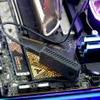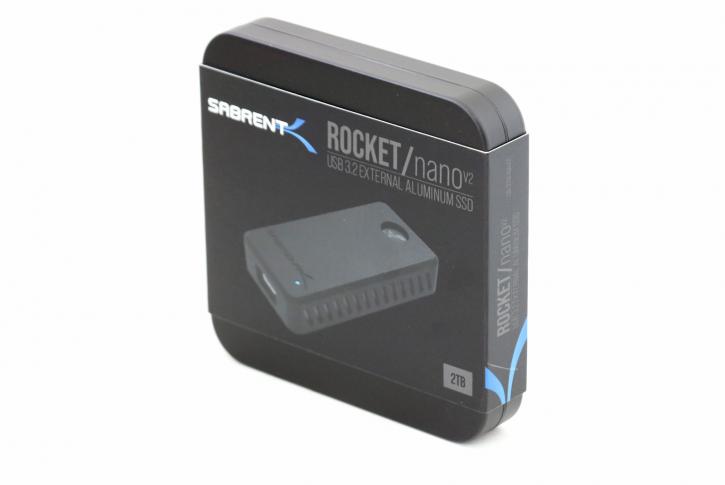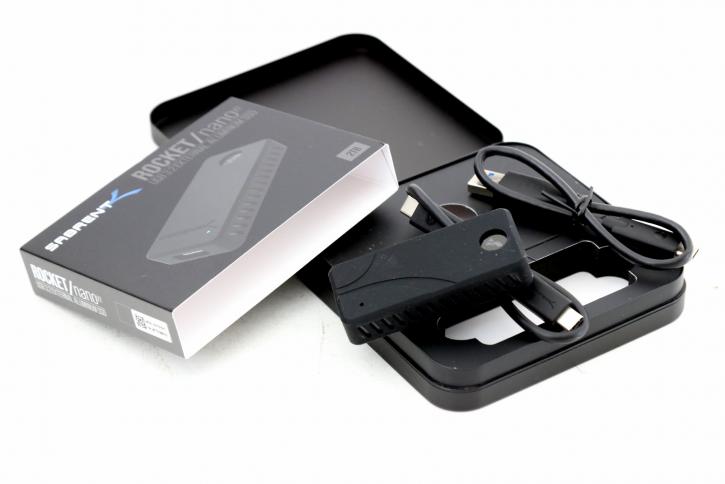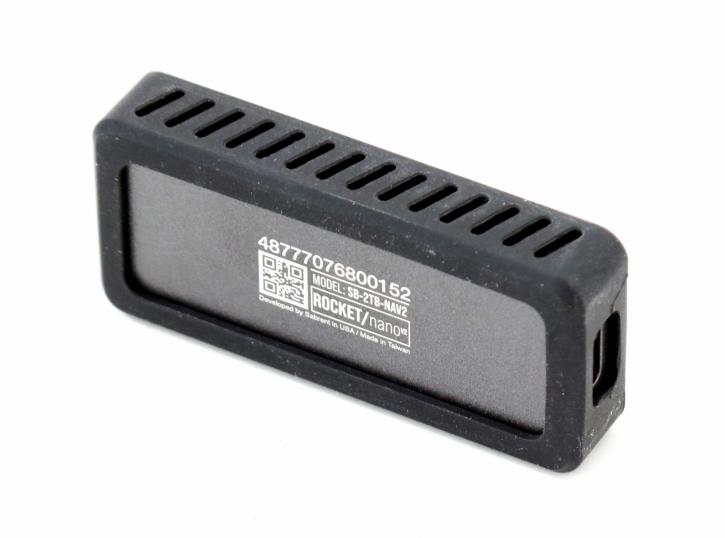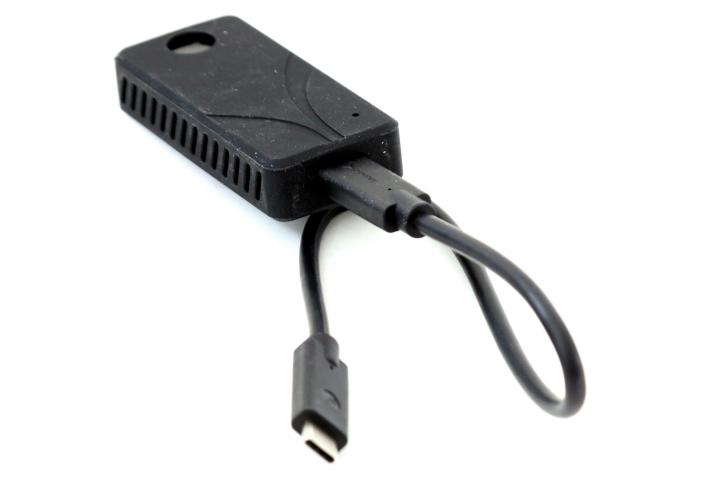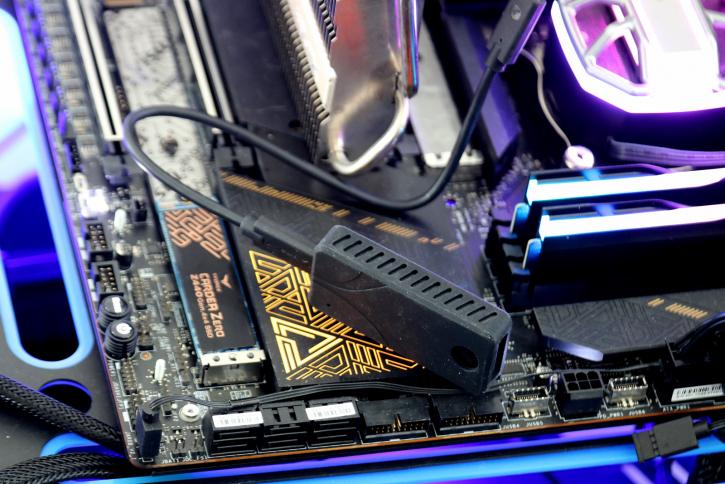Product Showcase
Product Showcase
The Portable SSD with 2TB of capacity was packaged in a small, elegant-looking cardboard box with a beige design. The Sabrent logo is at the top of the box, and a picture of the SSD is displayed in the middle of the box.
Portable SSDs typically contain a standalone drive with its controller and a separate bridge chip to manage communication with the host, such as two PCIe 3.0 lanes on one side and USB 3.2 Gen 2x2, at up to 20 Gbps, on the other.
The Rocket nano V2 is a versatile device that comes with both Type-C to Type-A and Type-C to Type-C USB cables. This makes it compatible with a wide range of devices without requiring additional cable purchases.
A USB Type-C connector on the opposite end of the SSD supports a maximum USB 3.2 Gen 2x2 standard, that's 20 Gbps. To obtain its maximum transfer speeds, the unit must be inserted into a suitable port, although it is entirely backward-compatible with USB 3.2 Gen 2, as well as USB versions 3.1 and 3.0, automatically defaulting to the fastest speed your setup permits. The Rocket nano V2 features an embedded, or hybrid, design that does not require a bridge controller. Instead, the Phison U18 controller embedded in this product acts as a native UFD controller, making the device similar to a USB drive in many ways.
Not a lot of laptops have native USB 3.2 Gen 2x2 capability, but certain high-end desktop motherboards do. Based on the specifications of the Phison U18 controller, it appears to have a 2-channel configuration with a maximum of 8 chip enable for each channel. This indicates that the controller is well-suited to handling up to 8 dies, and can also manage up to 16 dies without any issues. However, when considering the capacity range of the Rocket Nano V2, it is important to note that it is possible to use both 512Gb and 1Tb dies, which can allow for a maximum capacity of 4TB. It should be noted that the use of different flash types may be limited due to the varying available capacities. For instance, some TLC is only available at 512Gb, while most QLC is only available at 1Tb.
USB 3.2, the 20Gbit/s variant of Superspeed USB, will be named USB 3.2 gen 2×2. The 2×2 suffix should make clear that USB 3.2 is able to use two 10 Gbit/s lanes to achieve a 20 Gbit/s throughput. Although the new name is likely to avoid confusion, it could confuse consumers even more. USB 3.1 was announced in 2017 and uses existing USB-C cables for the 20 Gbit/s bandwidth, but only if certified for SuperSpeed USB 10 Gbit/s. This year the USB 3.2 2×2 hardware should be ready, and by next year the first products should become generally available.
| USB | Speed |
|---|---|
| USB 3.2 Gen 2x2 | SuperSpeed USB 20Gbps |
| USB 3.2 Gen 2 | SuperSpeed USB 10Gbps |
| USB 3.2 Gen 1 | SuperSpeed USB |
